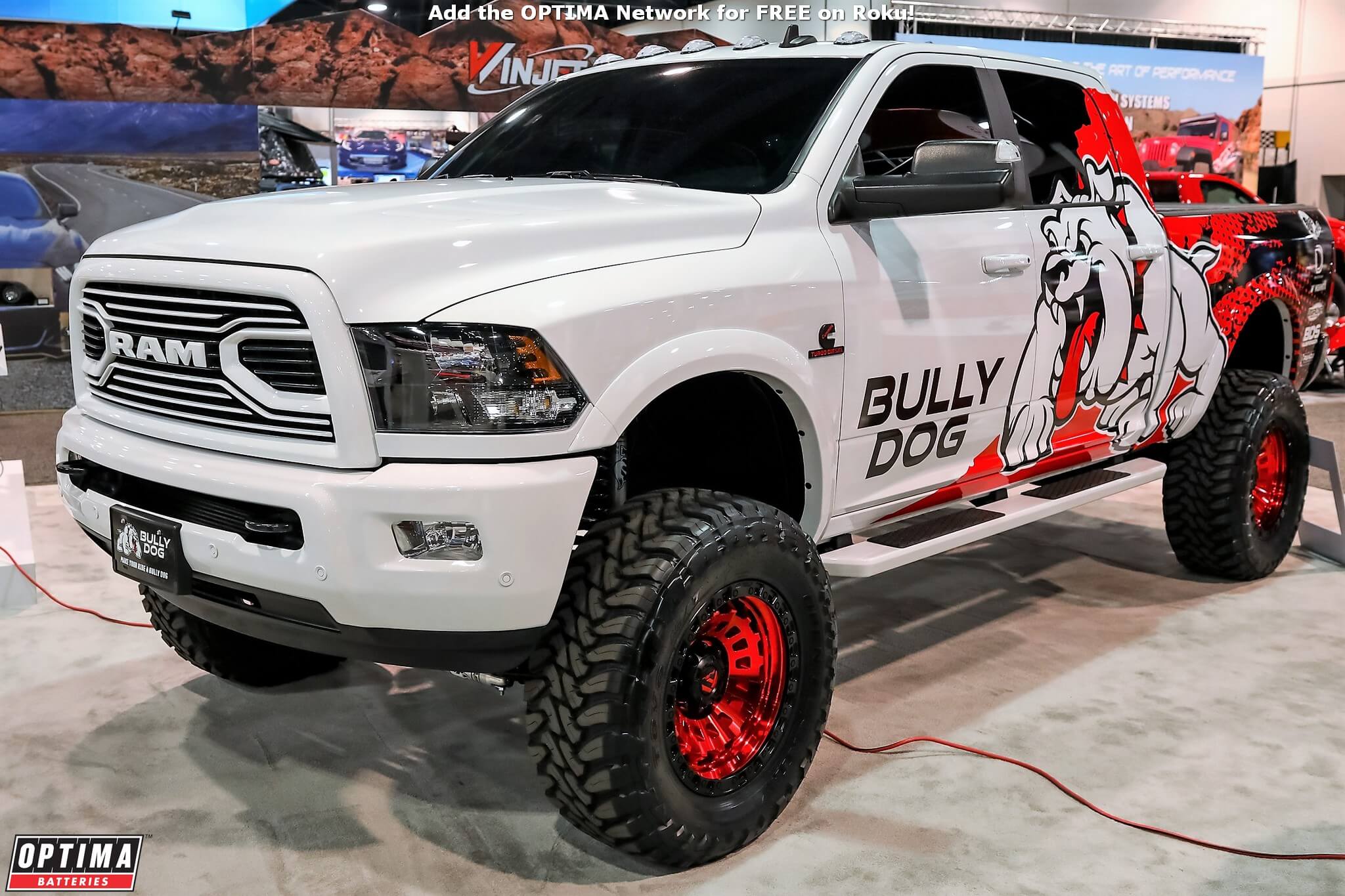Can You Start a Diesel With One Battery?

- Sponsor
- OPTIMA Batteries
- Location
- Milwaukee, WI


Most diesel trucks on the road have two batteries and even though they have two batteries, they are connected in parallel, which means those trucks are still running 12-volt systems. So can you start a diesel truck with just a single 12-volt battery? Probably, but you probably shouldn't if you can avoid it. Manufacturers don't throw an extra battery under the hood of a truck because they want to charge more for their trucks or because they think it's cool to have two batteries under the hood. There is real purpose behind doing that.
Diesel trucks tend to have very high compression engines, which are harder to get started, than a typical gasoline-powered engine. That means more cranking amps are a good thing and two batteries in parallel can provide that extra cranking power. Manufacturers also don't know if their trucks will end up in Naples, Florida or Nome Alaska, so they have to build their trucks to handle just about any climate that might get thrown at them, from very hot to freezing cold. If temperatures are cold enough, diesel fuel can even gel, so making sure a diesel engine has enough power to turn over is very important. In addition to all that cranking, glowplugs can also discharge a battery, as they heat things up in diesel engines.
All this adds up to a pretty significant draw on a car battery and while a single battery might be able to get the job done for a while, there's a very good reason to use two batteries. The more deeply a battery is discharged, the fewer cycles it will have during its useful lifespan. The relationship between depth of discharge and cycle life is not linear either, so two batteries in parallel could end up providing far more cycle life than two individual batteries could in succession.
It's also very important to make sure that any vehicle, diesel truck or otherwise, that is running two (or more) batteries in parallel or series applications, is using batteries that are identical in age, size and type. If one of the batteries happens to go bad, both batteries should be replaced, although both don't need to be recycled. If one of the batteries still passes a load test, it can continue to be used in an application where only a single battery is required.
The reason batteries in such applications should be identical, is because size, age and type impacts how each of those batteries accepts and delivers current. Older batteries tend to have higher internal resistance, making them slower to deliver and accept current. Flooded batteries may also have higher internal resistance than their AGM counterparts, which can also impact their ability to accept and deliver current. As we mentioned before, physically larger batteries may not be discharged as deeply as their smaller counterparts, which means they could have a far longer lifespan. Also, the charging system may constantly overcharge one battery, while undercharging the other, in an effort to get both batteries to a 100% state of charge.
Whether your diesel uses one battery or two in parallel, one of the best things you can do to maximize battery performance and lifespan is to periodically use a quality battery charger, to ensure you battery voltage is topped off. OPTIMA Chargers will display a pre-charge voltage level, which give you an idea of how much energy is in your battery before you start charging (REDTOPs are fully-charged at ~12.6-12.8V and YELLOWTOPs are fully-charged at ~13.0-13.2V). If your battery sits below 12.4 volts for extended periods of time, sulfation will begin forming in the plates, which can diminish battery capacity and lifespan, so keep them charged up and ready to go!
